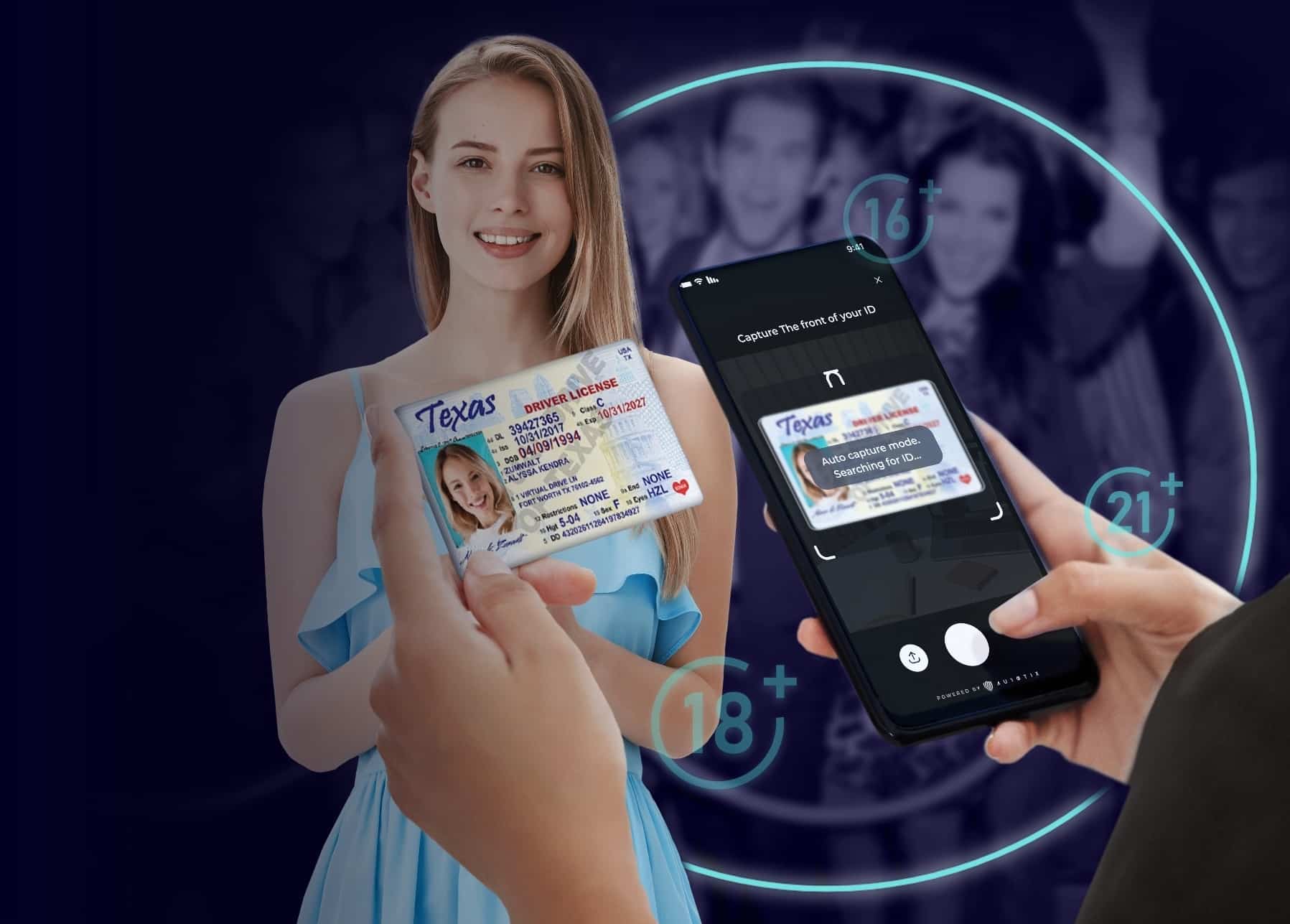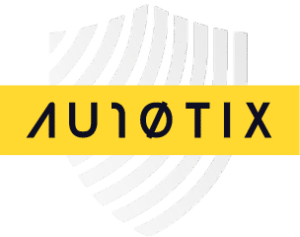SSN or Social Security Number verification is more than just a way of confirming identity. It has far-reaching implications for businesses and governments, directly impacting the way entities operate and are able to deliver products and services.
It’s also linked to a more sinister practice — identity theft. Social Security Numbers that make their way into the hands of bad actors are often used to perpetrate a range of fraudulent activities.
This guide explores all you need to know about SSN verification. You’ll learn what it is, why it matters, and how it’s performed. You’ll also get a closer look why the SSN verify process alone isn’t enough to combat identity theft today, and what you can do shore-up your verification systems to protect customers from fraud.
Three Ways to Verify an SSN
Authoritative Database Verification
An individual’s personal details such as their name, date of birth, and Social Security Number against trusted authoritative data sources.
eCBSV
information provided by an individual against official Social Security Administration records. This method is restricted to use by financial institutions.
Document Verification
Individuals to provide their SSN using a physical document, such as a Social Security card or a W-2 Form, that includes this number for rigorous review.
What is SSN Verification?
Social Security Number (SSN) verification is the process of validating a person’s SSN to confirm that they are who they say they are. This 9-digit number serves as a unique identifier for individuals within the United States, primarily used for tracking earnings and benefits.
When checked, typically SSN verification processes focus on verifying a person’s name and date of birth, comparing this information to various trusted data sources.
Why SSN Verify Processes Are Essential
Using SSN verify processes is fundamental across sectors for the following reasons:
Essential for Employment
Employers use SSN verification for background checks and confirming eligibility to work.
It is a crucial step in confirming an applicant’s identity to ensure that the individual is who they claim to be, a critical aspect in the hiring process.
Employers in the United States are also required to verify an employee’s SSN for taxation and legal work status purposes to maintain compliance with federal laws. Additionally, employers conduct thorough background checks for insights into an individual’s employment history, credit history, and potential criminal record.
Book a Demo
Give your business the boost of a fully automated, KYC process. No geographical limits and fast, frictionless onboarding verification processes enhance customer’s experience.
Critical for Government Service Delivery
Government agencies use SSNs for critical administrative functions, such as benefit distribution, taxation, and record maintenance.
As unique identifiers, SSNs play a pivotal role in verifying individuals’ eligibility for various benefits. With successful identity verification, government agencies are able to ensure that benefits are allocated correctly and fairly to the rightful recipients.
SSNs are used to help governments accurately track an individual’s earnings and determine their tax liabilities to uphold a structured and equitable taxation system. Additionally, SSNs make it possible to maintain precise records for individuals for paying taxes and reporting wages.
Essential for Financial Services
Banks and financial institutions verify SSNs to prevent fraudulent transactions and when processing new account creations. But there’s more to using SSN verification than “just preventing fraud”.
Identity Verification
SSN verification helps in accurately identifying and verifying the identities of customers. Since each SSN Data Breach is unique to an individual, it provides a reliable way to confirm a person’s identity.
Prevention Theft and Fraud
By verifying SSNs, businesses can significantly reduce the risk of identity theft and financial fraud that could cause significant financial loss. This process ensures that the person is who they claim to be, thereby securing the business against fraudulent activities.

Compliance with Regulatory Requirements
Many industries, especially banking and finance, are required to follow strict regulatory guidelines, including anti-money laundering (AML) laws. SSN verification is a key aspect of these regulations, helping businesses stay compliant. Failure to comply with these laws can result in hefty fines and potentially legal action.
Enhancing Customer Trust
When customers know that a business takes their security seriously by conducting thorough identity checks like SSN verification, it builds trust. This can lead to stronger customer relationships and loyalty.
Operational Efficiency
Implementing automated SSN verification as part of the KYC process streamlines customer onboarding and reduces the time taken for identity checks. This efficiency can lead to cost savings and improved customer experience.
How to Verify Social Security Numbers
There are several ways to perform verification of a Social Security Number. Each of these methods has its specific applications and strengths, making them suitable for different contexts.
Authoritative Database Verification
Authoritative Database Verification is a widely recognized standard in the US for identity verification. It involves a thorough comparison of an individual’s personal details such as their name, date of birth, and Social Security Number against trusted authoritative data sources.
Sources include major credit bureaus like TransUnion, Experian, and Equifax, alongside financial institutions and other data aggregators. Authoritative Database Verification is crucial as it verifies the authenticity of personal information against established records, ensuring that the identity being verified is indeed correct and reducing the chances of identity fraud.

Electronic Consent-Based Social Security Number Verification (eCBSV)
eCBSV takes a slightly different approach. This system, developed by the Social Security Administration, is particularly designed to combat synthetic identity fraud. It checks the information provided by an individual against official SSA records.
eCBSV is especially effective in cases where fraudulent activities might involve the use of stolen SSNs paired with false information. However, its usage is restricted primarily to financial institutions like banks and lenders.
A critical aspect of eCBSV is its consent-based nature, meaning that verification can only be carried out with the individual’s consent, ensuring privacy and compliance with regulatory standards.
Document Verification
Document Verification complements the above two methods by verifying SSNs through the examination of documents. It requires individuals to provide their SSN using a physical document, such as a Social Security card or a W-2 Form, that includes this number.
The authenticity of the supplied document is rigorously checked to ensure it isn’t forged, followed by a comparison of the information in the document with the details provided by the individual.
While highly effective, this method requires sensitivity due to the personal nature of the documents involved. In some cases, alternate means of verification might be necessary for those uncomfortable with electronic uploads of sensitive documents.

Shortcomings in Fighting Online Fraud
While SSN verification is a valuable tool for identity verification, it has several shortcomings, particularly in combating online fraud.
Vulnerability to Identity Theft: The widespread use of SSNs has made them a prime target for identity thieves. Criminals can obtain SSNs through various means like data breaches, mail theft, or phishing scams. Once they have someone’s SSN, they can impersonate that individual and commit fraud.
SSN Misuse by Bad Actors: The misuse of SSNs has led to serious concerns about identity theft and fraud. Criminals can use stolen SSNs to game verification processes, particularly if the verification process relies solely on SSN matching.
Limitations in Verification Processes: Relying only on a person’s SSN for verification purposes has its limits. For instance, it does not account for the possibility of using stolen or fraudulent information. This can lead to false positives in verification, where a criminal successfully passes as someone else.
Circumvention Techniques: Criminals employ various tactics to circumvent identity verification checks. Tactics include using stolen ID scans, creating synthetic identities (combining real and fake information), and exploiting gaps in online security measures. These criminal activities make it challenging for organizations using systems that primarily rely on identity verification to detect fraud effectively.
As a remedy to these issues, it’s smarter, more secure, and more effective to employ a multi-layer approach to identity verification.
Book a Demo
Give your business the boost of a fully automated, KYC process. No geographical limits and fast, frictionless onboarding verification processes enhance customer’s experience.
Strengthening SSN Verification with a Mutlti-Layered Solution
To strengthen verification processes and prevent criminals from using stolen SSN information, SSN verification should be combined with additional methods that include two-factor authentication and biometric verification.
Two-Factor Authentication requires users to provide two distinct types of evidence to confirm their identity before they can gain access. Typically, the first factor is something the user knows, like a password or PIN.
The second factor adds another layer of security, often being something the user has, such as a mobile device, or defining feature, like a biometric trait. This dual-layer approach significantly enhances security by ensuring that a password alone is not enough to breach an account or system.
The effectiveness of 2FA lies in its ability to combine these two different types of information, making unauthorized access considerably more challenging.
Biometric Verification, on the other hand, leverages the uniqueness of individual physical or behavioral characteristics for identity verification. This method includes fingerprint recognition, facial recognition and the use of selfies verification, iris scanning, and voice recognition.
Biometrics are particularly valued for their high level of security and ease of use because they are unique to each individual and cannot be easily replicated or shared.
Biometrics are often integrated into multi-factor authentication systems, making them a highly secure and user-friendly method of verifying identity. This form of verification is gaining popularity due to its ability to provide a quick and reliable confirmation of an individual’s identity.
A third and powerful solution to enhance SSN verification methods is through the use of
continuous monitoring for unusual activities. Verification platforms that rely on SSN and additional verification are becoming targets for large-scale identity fraud attacks.
Continuous monitoring solutions like Serial Fraud Monitor use powerful generative AI and machine learning neural networks. They are capable of managing verification to meet KYC and AML compliance, and can perform these mission-critical tasks at scale.
More robust multi-layered can include age verification checks depending on the nature of the service your organization offers. One thing is certain, a multi-faceted verification approach significantly enhances the effectiveness and accuracy of identity verification processes.
Summary
Social Security Number (SSN) verification is essential across various sectors in the U.S. It enables identity verification, fraud prevention, and supports compliance with legal requirements.
It’s crucial in employment for background checks, confirming identity, and adherence to federal laws. For government services, SSN verification makes it easier to manage benefit distribution, accurate tax recording, and maintaining correct individual records. Financial institutions use it for customer identity verification and fraud prevention, ensuring compliance with anti-money laundering laws and enhancing customer trust.
However, SSN verification alone has limitations, particularly in online fraud prevention. Vulnerability to identity theft and misuse underscores the need for a multi-faceted verification approach, integrating methods like two-factor authentication, biometric verification, and continuous monitoring for enhanced accuracy and security.







